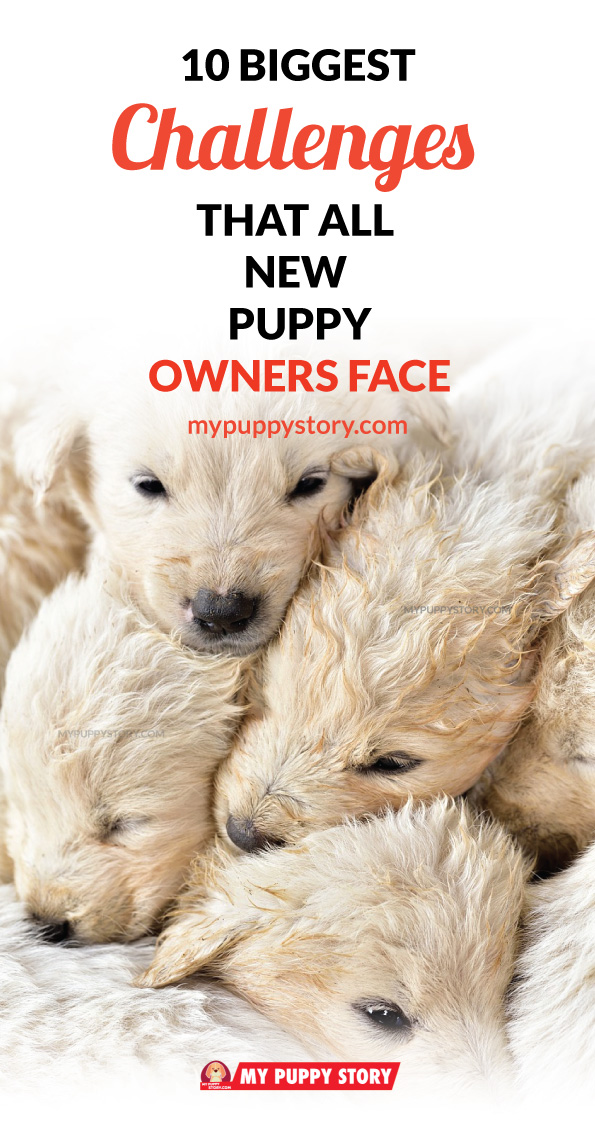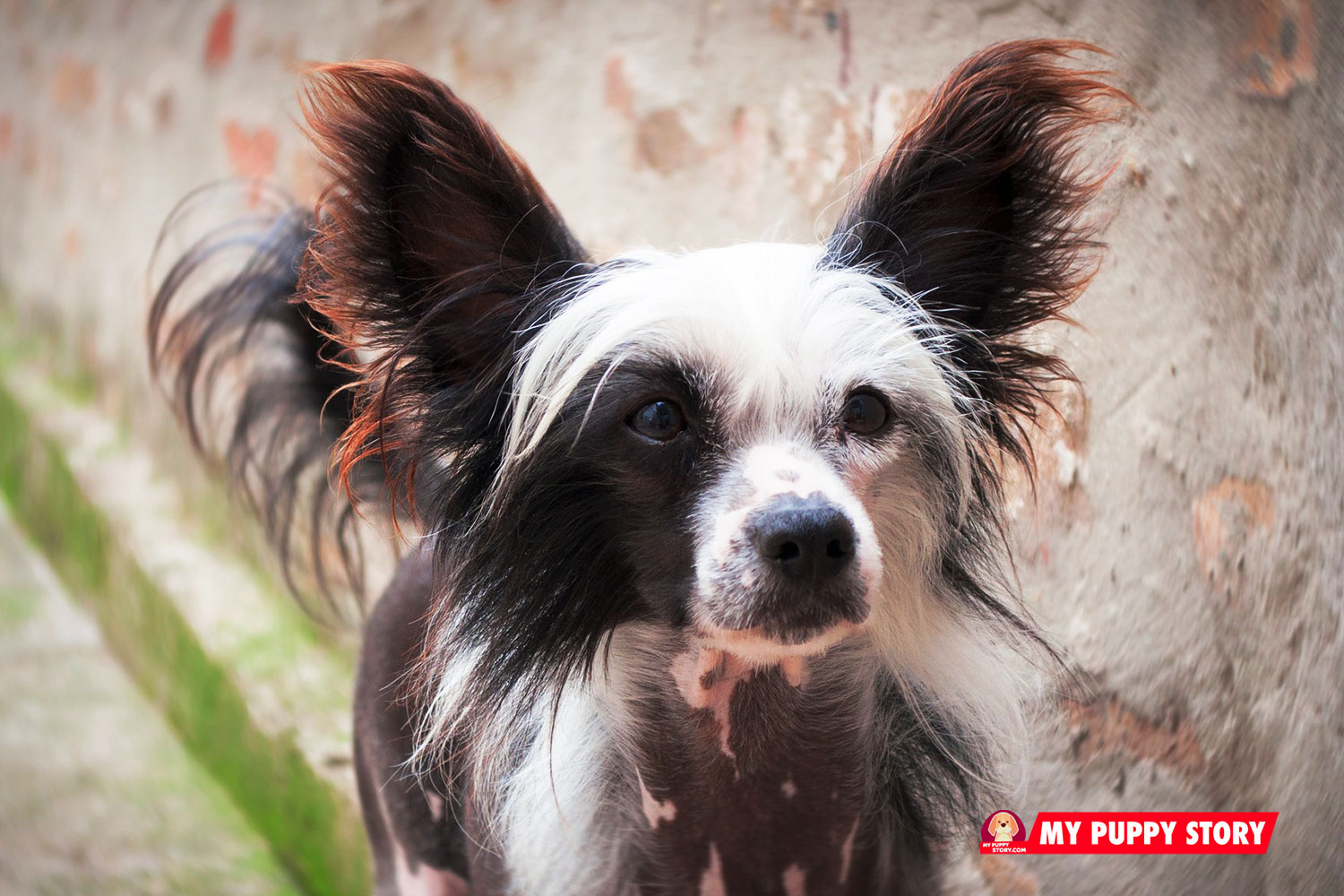Name: Aloe Vera
The Danger Of Aloe Plants Around Pet Dogs
Also known as aloe vera, this common houseplant is part of the Liliaceae family. To humans, it can help soothe minor burns and skin irritation but is toxic when eaten by pet dogs. Oftentimes causing an excess buildup of mucus and water in their colon. Thus, resulting in bouts of vomiting and loose bowel movements. In some rare cases, a canine can also become lethargic and have body tremors as well.
Saponins and anthraquinones are toxic qualities of aloe when ingested in large amounts. Aloe has a mild to moderate toxicity level and should remain out-of-reach from both dogs and cats.
Poison Symptoms:
Should you notice your dog drooling a lot or having bouts of diarrhea, proceed to the nearest vet right away.
Name: Kafir Lily
The Hazard Of Having Kafir Lily Plants Around Pet Dogs
Known for its amazing flowers, the Kafir Lily is a common plant in the Amaryllidaceae family. Found throughout parts of Swaziland and Southern Africa, this lily contains toxic chemicals. Dogs cannot resist them and find the plant to be very appetizing. But, when ingested may cause mild to severe illness.
Kafir Lily bulbs are the most poisonous and should not be in gardens with canines nearby. Its high concentration of alkaloids can cause gastric upset, diarrhea, and vomiting. Some other milder symptoms include excessive drool and heart arrhythmia. In rare cases, there have been reports of seizures, convulsions, and tremors as well.
Poison Symptoms:
It’s important to get your dog to their veterinarian at the first sign of Kafir Lily ingestion. If they’ve stomach pain or lose bowels, take them immediately to a pet care specialist.
Name: Desert Rose
The Hazard Of Keeping Desert Rose Plants Around Dogs
Otherwise known as Adenium Obesum, the Desert Rose is a common decorative houseplant. Though beautiful in appearance has a thick milk-like sap that’s especially toxic to a dog. When broken off or chewed, the plant oozes poisonous chemicals known as glycosides. Thus, resulting in vomiting, loss of appetite, depression, heart problems, and potential death.
Dogs may also experience stomach pain, excessive drool, mouth/throat blisters. If this should occur, put on protective gloves and proceed to wash any sap from his/her fur. Then immediately take them to the nearest 24-hour veterinary clinic. But, to avoid this altogether, place plants at a height inaccessible to dogs.
Poison Symptoms:
If you find your dog to be throwing up or having a difficult time chewing/eating, contact the closest vet office.
Name: Dieffenbachia
The Importance Of Having Dieffenbachia Plants Away From Dogs
Native to Argentina, and Mexico, Dieffenbachia is a popular tropical species of plant. Also known as the (Mother-In-Law’s Tongue), these members of the Araceae family are very toxic to dogs. Their bright green and yellow leaves make the plant an attractive addition to most homes. Yet, contain poisonous enzymes that can cause canines serious pain and suffering.
When chewed upon, the Dieffenbachia releases crystals into the mouth. Resulting in them embedding into a dog’s mouth. Affecting his/her tongue, mouth, and throat, causing irritating blisters to develop. Some other symptoms include trouble breathing and eating, vomiting, and diarrhea.
Poison Symptoms:
If your dog has uncontrollable bouts of wheezing or paws at his/her snout, have them seen by a vet right away. By doing so, you’ll ensure the wellbeing of your pet and help prevent an unnecessary tragic event.
Name: Hedera Helix
The Importance Of Keeping Dogs Away From Poisonous English Ivy
Hedera Helix, otherwise known as English Ivy is a common houseplant that grows at quick rates. The toxins within leaves of this native European plant may cause dogs to have severe pain. Usually leading to gastrointestinal problems along with swelling and irritation of their mouth.
The English Ivy is best suited for households without children or pets. But, for those with this beautiful yet harmful foliage, make sure to place it at a high area that’s out of their reach.
Poison Symptoms:
If you see your dog with an excessive amount of drool or having difficulty eating, take them to the vet ASAP. He/she can experience symptoms two weeks after eating and ingesting English Ivy.
Name: Golden Pothos
The Risk Of Golden Pothos & Pet Dogs
Also known as, Devil’s Ivy, the Golden Pothos has waxy leaves that are poisonous to dogs. Due to their low-maintenance, it’s a popular plant found in many households. Identified by the green and yellow leaves, this member of the Araceae family is toxic to dogs. Causing them to develop respiratory problems in cases of severe Golden Pothos intoxication.
Yet, with immediate medical attention, a dog usually recovers well without any side-effects. Some symptoms include mouth and eye irritation, vomiting, and foaming at the mouth.
Poison Symptoms:
If left untreated, Pothos can create urinary problems and/or calcium oxalate crystalluria. Should you witness your furry friend pawing at his/her mouth or chewing on the plant, get them to a vet immediately. This will prevent them from going through unnecessary pain and suffering.
Name: Gardenia
Why Gardenias Are Not Good Plants For Dog Owners
Gardenias are popular plants that thrive both indoors and outside in flower gardens. Yet, they’re very poisonous to dogs and are unsafe to have around the house. Its berries have the largest amount of toxins and are the most dangerous part of a gardenia plant.
This member of the Rubiaceae family can cause serious illness and even death in dogs. Some clinical signs include mild bouts of vomiting, diarrhea, and hive breakouts. Dogs with severe reactions tend to experience gastric problems as well. If a dog should ingest Gardenia plant of blossoms, take them to the vet for IV treatments. Ensuring his/her health and wellbeing.
Poison Symptoms:
Should your dog show signs like hives on the skin, loose bowels, or vomiting, go to a veterinarian right away.
Name: Bird Of Paradise
Why Your Dog’s Health Is At Risk From Bird Of Paradise
A popular plant which many find attractive, the Bird Of Paradise is beautiful but deadly. Especially to dogs and other pets. Their pod-like fruit excretes a toxic chemical that can lead to serious illness or even death.
The Bird Of Paradise’s natural habitat is in the jungles of New Guinea and parts of Australia. From the Leguminosae family, these plants interact with a canine’s system within minutes. When ingested it induces symptoms such as vomiting, elevated heart rate, and tremors. Every of this plant is poisonous from blossom to roots, thus should remain away from pets.
Poison Symptoms
If your dog experiences mouth irritation, diarrhea, or vomiting, get them to the vet right away. Immediate attention at the first sign of ingestion or contact with this plant can save a dog’s life.
Name: Flamingo Flower
Part: Any Part
Toxicity to Pets: The Flamingo Flower is highly toxic to dogs, even if it looks as lovely as a pink flamingo. The toxicity of the plant has to do with calcium oxalate crystals, which the plant uses as its own defense mechanism. Typically, if a dog starts chewing on this plant, he’ll stop because the crystals cause pain. However, if he doesn’t stop eating the plant and ingests it, the result can be fatal. Your dog will experience intense pain, paw at the mouth and have difficulty breathing (which is really scary). Keep in mind that it only takes one bite of this plant to induce horrible symptoms. It’s important to get your pet veterinary help immediately if they bit or swallow any part of the Flamingo Flower.
Name: Alocasia
Part: Any part, especially the leaves
Toxicity to Pets: Fatal if not treated immediately. If your dog eats any part of this plant, the first symptom is a swollen airway, making it difficult for your dog to breath. It’s imperative you seek medical help right away. Other symptoms include pawing at the face, vomiting, drooling, loss of appetite, watery eyes, and whining. Your dog can also get poisoned by the Alocasia plant by simply touching it or getting it in their eye. Though not considered fatal, you should still take your dog to a local emergency veterinary clinic. It’s best not to keep this plant in the house or on your property if you have a dog or friends who bring their dog over for a visit from time-to-time.
Name: Arrowhead Plant
Part: All parts of the plant
Toxicity to Pets: You’ll typically find Arrowhead Plants as house plants, however, they grow outdoors in areas of Florida, Texas, and Hawaii. This plant is highly toxic to your dog and should be avoided at all costs. It’s a vine plant with white and cream markings. Like other poisonous plants on this list, the Arrowhead Plant contains insoluble calcium oxalate crystals that cause severe pain for your dog if he chews or swallows any part of the plant. Symptoms your dog will most likely exhibit if he comes in contact with the Arrowhead Plant include dilated eyes, cardiac arrhythmia, difficulty swallowing, drooling, swelling of lips and mouth, and more. As you can see, this plant is deadly and proper care will be needed right away for your dog.
Name: Calla Lily
Part: Any part
Toxicity to Pets: Beautiful, yet deadly. That’s the Calla Lily plant. Many people, especially those living in warmer climates, love this plant because of the beautiful variety of flowers it produces: orange, green, purple, pink, blue, and more. However, placing these plants in your home or around your property is dangerous if you have a dog. If eaten by your furry friend, symptoms that occur include: vomiting, irritation in the mouth and on the lips and tongue, drooling, and difficulty swallowing. If you have Calla Lily’s in your home, give them away to someone without any pets. In the meantime, keep your dog far away from this poisonous plant.
Name: ZZ Plant
Part: All parts
Toxicity to Pets: Also known as the Zamioculcas plant, the ZZ plant, which has a nicer ring to it, is a popular house plant popping up in houses across the United States. The ZZ plant is low-maintenance, and even those with a black thumb will find it impossible to kill. Just try going on vacation for a couple of weeks. When you get back, it’ll still be there to greet you. However, this laid-back plant is toxic to dogs. Since the entire plant is poisonous, keep it away from pets. And if you handle it, be sure to wash your hands before snuggling up with your pooch. If your dog does get into this plant, symptoms he will exhibit include vomiting and diarrhea. Be sure to get him to the vet ASAP.
Name: Dracaena Fragrans
Part: Leaves
Toxicity to Pets: This attractive houseplant is toxic to your dog. When he chews on the leaves of the Dracaena Fragrans or ingests them, a chemical compound called saponin reacts as a defense mechanism for the plant. For your dog, however, this chemical is poisonous. The symptoms exhibited from eating the Dracaena Fragrans includes depression, loss of appetite, drolling, fatigue, diarrhea, and vomiting – sometimes with blood. It’s best to keep this plant out of the house and off your property. Prevention is always the best rather than having your dog get sick, and you wind up with a hefty veterinan bill.
Name: Cyclamen
Part: Any part of the plant
Toxicity to Pets: Also known as the Persian violet or Sowbread, the Cyclamen is a beautiful houseplant you can pick up at your local grocery store. However, this plant is also poisonous to dogs. The entire plant is toxic, but the roots and tubers are especially so. It doesn’t matter whether your dog just chews the plant or ingests it, he will suffer from the toxic effects. Signs to look for include vomiting, diarrhea, and drooling. More severe symptoms include seizures, cardiac problems, and death. Next time you go to buy a houseplant, be sure this one is NOT on the list.
Name: Kalanchoe
Part: All
Toxicity to Pets: This gorgeous plant is easy to grow, easy to keep alive, and produces white, yellow, pink, and salmon flowers. While the Kalanchoe is a beautiful and popular houseplant, especially for those who don’t have the greenest of thumbs, it is also poisonous to dogs. The entire plant, including the flowers, are toxic. Within a few hours of ingesting part of the Kalanchoe plant, your dog will exhibit symptoms such as abdominal pain, diarrhea, and drooling The more your dog eats, the worse the symptoms, such as cardiac arrest. Keep in mind that symptoms may not show up right away, so if you suspect your dog has ingested part of the Kalanchoe plant, get help right away.
Name: Ficus Benjamina
Part: Leaves and stem
Toxicity to Pets: This common house plant is also known as the rubber plant and has about 850 species within its group. The plant originates in the east and is sometimes referred to as a fig. As a tropical plant, it thrives in warm weather, but is also toxic to dogs. The leaves of the plant contain a sap that irritates your dogs mouth if eaten. However, the stems are also toxic. When eaten, your dog will show signs of vomiting, drooling, abdominal pain, mouth pain, and more. If your dog comes into contact with this plant, he will need veterinary help immediately.
Name: Geranium
Part: Any part
Toxicity to Pets: While it’s impossible to protect your dog from every plant species in the world, you can control what plants are in and around your property. One of the plants you want to avoid is the geranium. This plant is completely toxic to your dog because of the chemical linalool and the alcohol geraniol. The Geranium is 100 percent toxic to your dog, so if they eat any part, it could be deadly. Symptoms include skin inflammation, depression, loss of appetite, and vomiting. If you suspect your dog has chewed on or swallowed any part of the Geranium, seek veterinary help right away.
Name: Peace Lily (Spathiphyllum)
Part: Any part
Toxicity to Pets: The peace lily is a gorgeous flower that adorns many homes in the United States, but don’t let that fool you. This plant is toxic for your dog no matter what part they eat. And it’s also toxic to humans. The Peace Lily contains a defense mechanism made up of calcium oxalate crystals that cause intense pain when the plant is bitten or ingested. Common symptoms include vomiting, excessive drooling, burning inside the mouth, and difficulty swallowing. Immediate veterinary help is required if a dog gets into this plant. Keep in mind that it doesn’t matter if he just chews it and stops or ingests it, he will still be poisoned.
Name: Eucalyptus
Eucalyptus Leaves are primarily dangerous, but the the plant is unsafe for canine consumption. Oils are unsafe for exposure to the skin, and in some cases eucalyptus is unsafe to smell for dogs as well
When ingested a dog may experience one or more of several symptoms; vomiting, diarrhea, weakness, redness or rash, swelling or itching, abdominal pain, depression, salivation, and in cases where large measures are eaten, even seizures
If a dog does not like the smell of the eucalyptus then it may show some behaviors such as; sneezing, pawing at their nose, tail tucked, wrinkling their nose, spinning, and pacing.
If eucalyptus oil has touched the exposed skin of your canine, wash it gently under warm water as soon as possible. If eucalyptus is ingested, save the wrapper of the product, or information on the plant to give to the vet so they may determine amount consumed and treatment plan.
Name: Flame Lily (Gloriosa Lily, Glory Lily, Climbing Lily, Superb Lily)
Part: The entire plant is dangerous to dogs when it is consumed or touches their skin.
Toxicity to Pets: With its eye-catching beauty and nice scent, it is an easy target for dogs. However, when it’s consumed by dogs one or more of these terrible things may happen; Stomach cramps, weakness, bloody diarrhea, heavy breathing, seizures, bloody vomiting, salivating, difficulty catching breath, shock, kidney damage due to lack of moisture retention, organ collapse, liver damage, bone marrow collapse, dehydration, and above all else, even death may occur. If the plant rubs against the dogs skin it can cause rash and irritation.
It is vital to keep this plant away from your dog and if you suspect it has been ingested, seek immediate help.
Name: Cycas Revoluta
Commonly known as Sago Palm, Cycas Revoluta is a tropical plant that contains Cycasin, which is highly toxic to pets. Cycasin which is found in the leaves of the plant can damage the digestive tract of your pet and cause severe liver damage and even liver failure. This could lead to serious injury or death.
Native to Japan, this plant makes a beautiful houseplant for those who do not have pets. The plant can also be grown outdoors and is often found in botanical gardens. Other common names that are associated with Cycas Revoluta include Coontie Palm, Cardboard Palm, and Zamias.
Poison Symptoms:
If you notice your dog or cat vomiting it may be a sign that they have ingested the plant. Also, bruising, rectal bleeding and increased thirst are serious warning signs. You should quickly get your pet to the veterinarian as soon as possible.
Name: Schefflera Arboricola
Commonly referred to as the “Umbrella Tree”, Schefflera is a plant that contains insoluble calcium oxalate, which can be severely damaging to the gastrointestinal tract and mouth. It can cause painful swelling in pets.
Native to Taiwan, the tree comes from the Araliaceae plant. The plant is also native to Hainan. From the Ginseng family, it is easy to grow and makes for a good choice for a family that doesn’t have dogs. This is also common with other household pets, like felines. Be careful to protect your pets as exposure can be painstaking.
Poison Symptoms:
If you notice your pet drooling, choking or difficulty swallowing (dysphagia); you should seek emergency care from your veterinarian or poison control. They can show signs up to two weeks after ingesting the plant.
Name: Jade
Part of the Crassulaceae family, Jade grows throughout areas of South Africa. This popular low-maintenance plant’s rubbery oval-shaped leaves which dogs find irresistible. Yet, they are very poisonous, causing severe health problems including an irregular heartbeat. Many cases of Jade plant ingestion are quite mild but can lead to serious illness if left untreated.
Common symptoms include lethargy, vomiting, weakness of limbs, and muscle impairment. In some rare instances, there have been reports of convulsions and a drop in blood pressure.
Poison Symptoms:
Jade is toxic to dogs and if he/she comes into contact with the plant they need immediate medical attention. Should your pooch become irritable or have trouble holding down food, do not wait and take them to a vet right away.
Name: Cycas Revoluta
Commonly known as Sago Palm, Cycas Revoluta is a tropical plant that contains Cycasin, which is highly toxic to pets. Cycasin which is found in the leaves of the plant can damage the digestive tract of your pet and cause severe liver damage and even liver failure. This could lead to serious injury or death.
Native to Japan, this plant makes a beautiful houseplant for those who do not have pets. The plant can also be grown outdoors and is often found in botanical gardens. Other common names that are associated with Cycas Revoluta include Coontie Palm, Cardboard Palm, and Zamias.
Poison Symptoms:
If you notice your dog or cat vomiting it may be a sign that they have ingested the plant. Also, bruising, rectal bleeding and increased thirst are serious warning signs. You should quickly get your pet to the veterinarian as soon as possible.

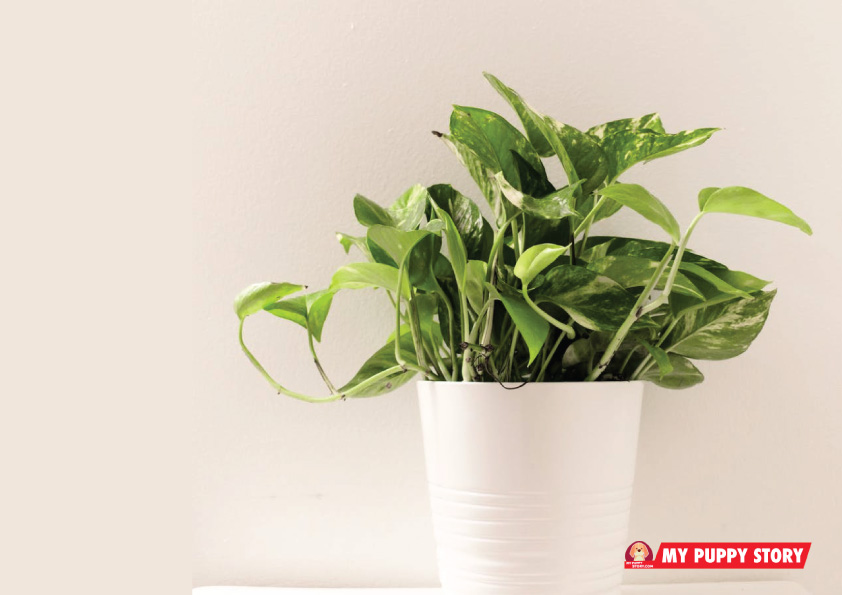
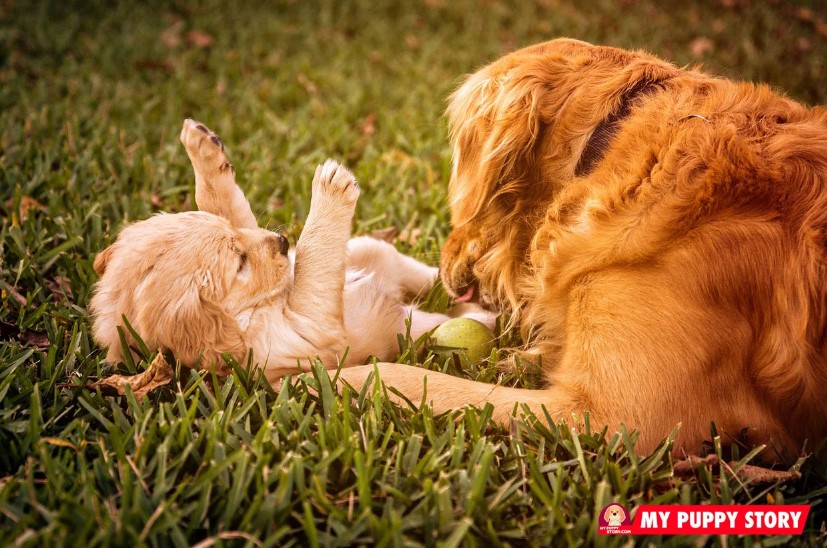
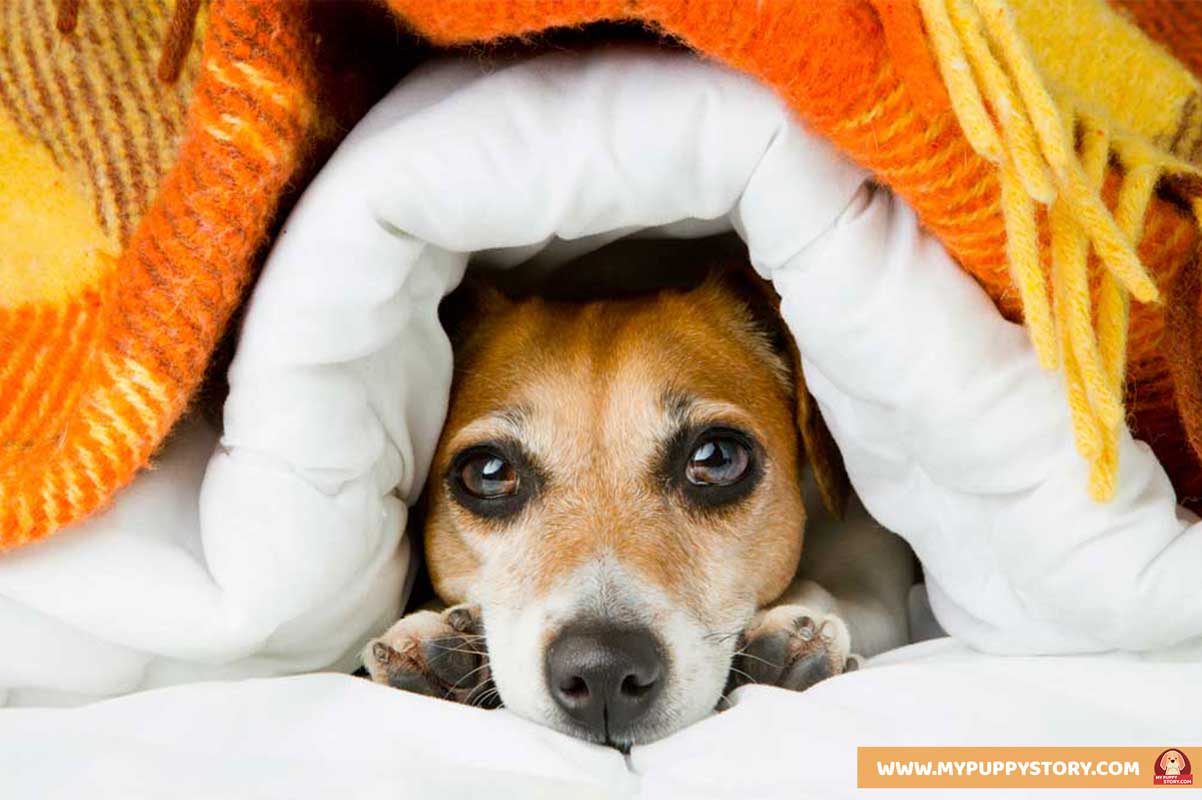




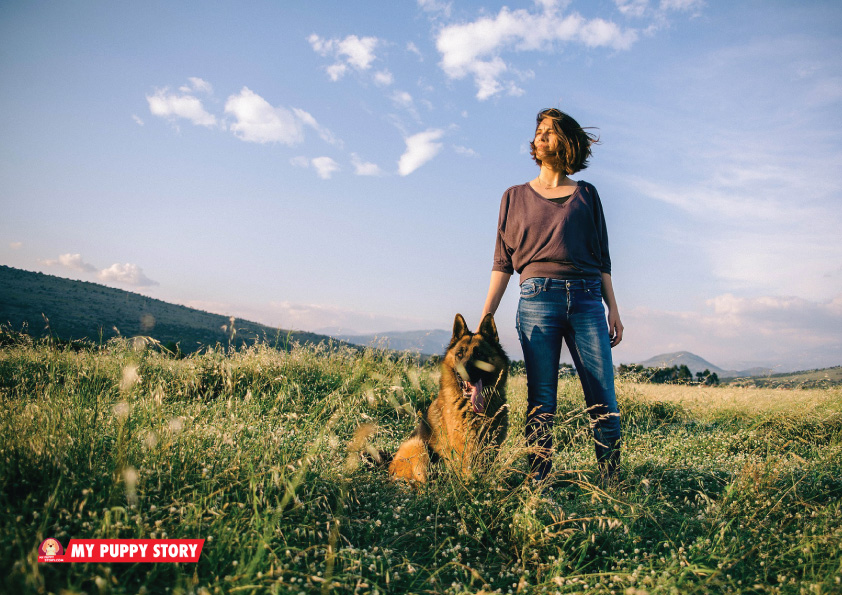
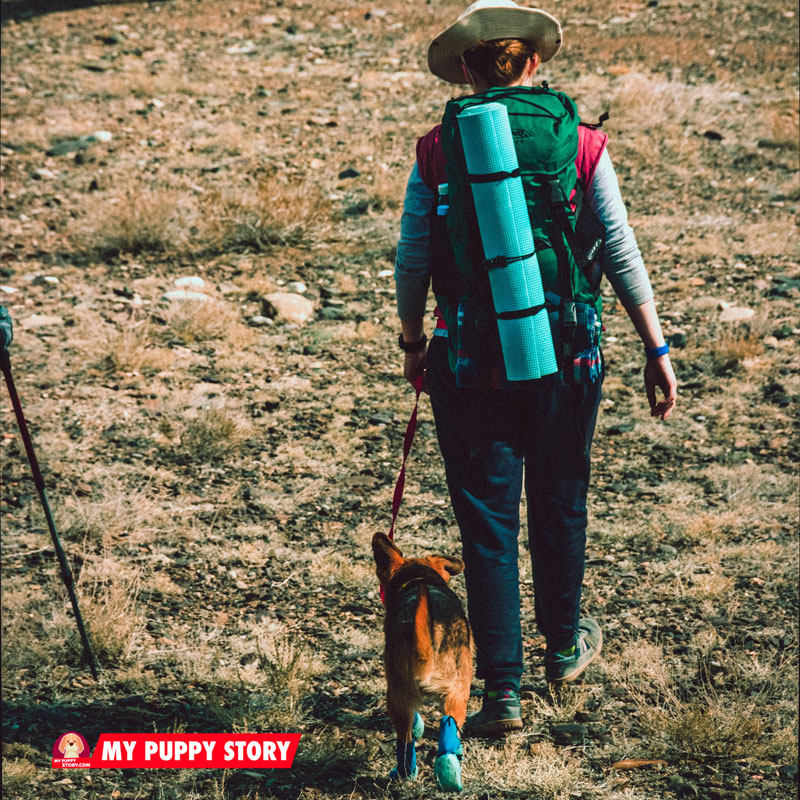
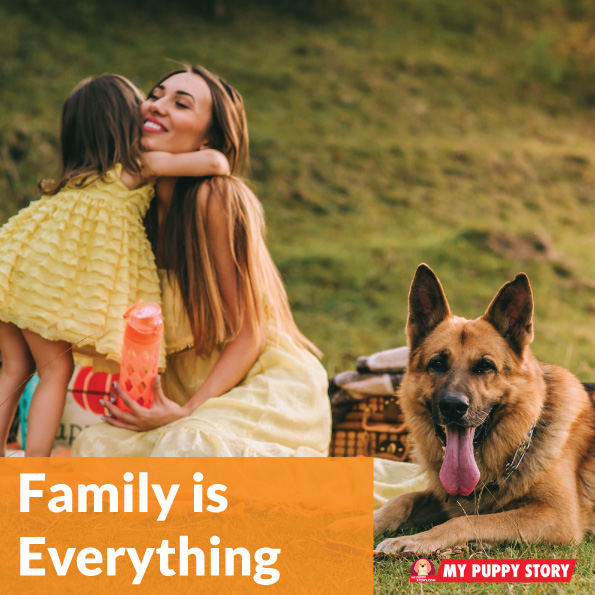
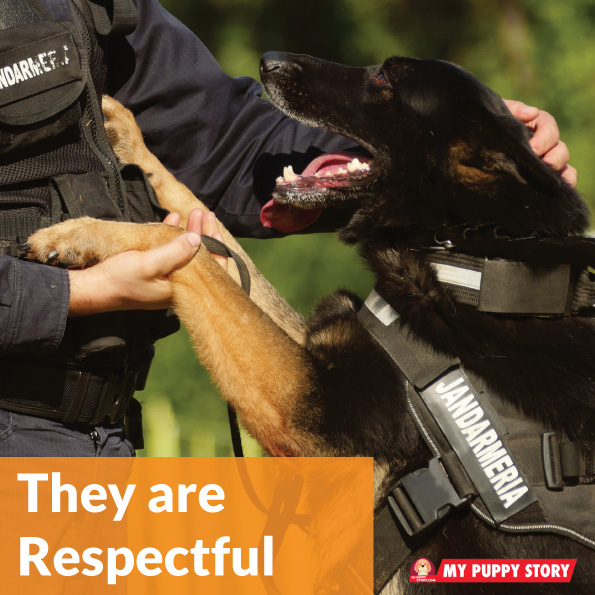
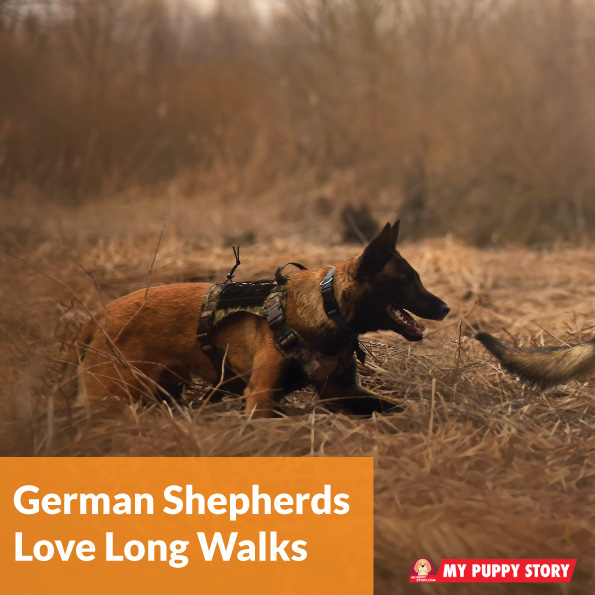
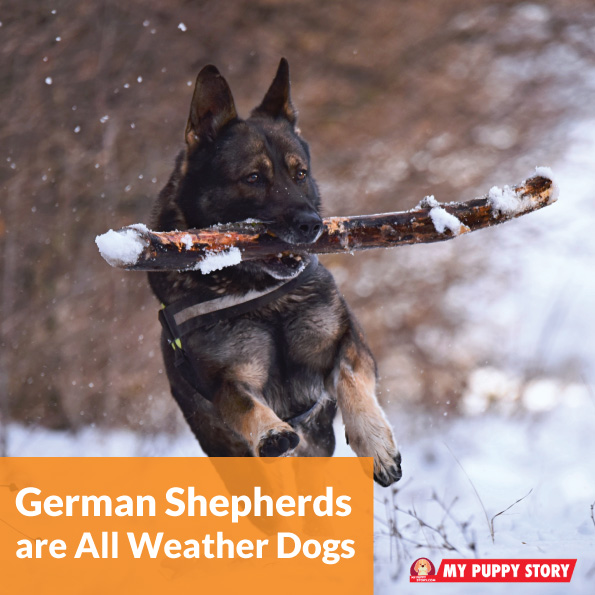

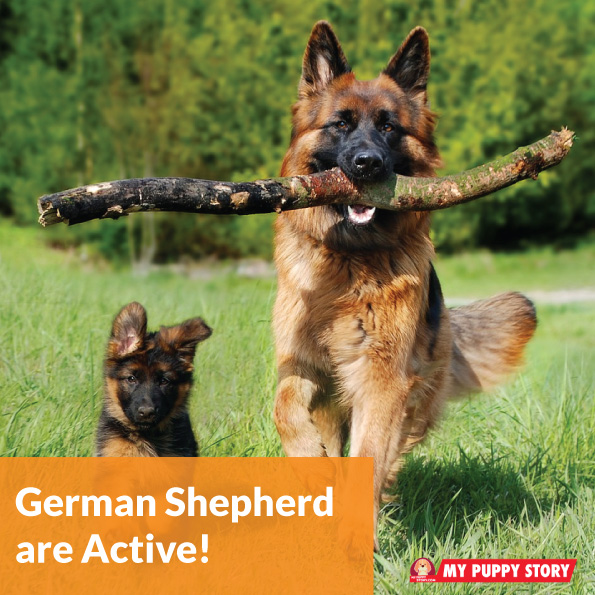
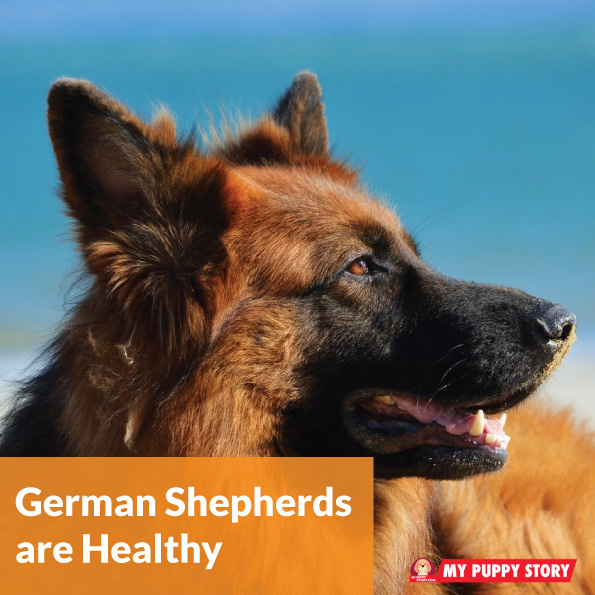
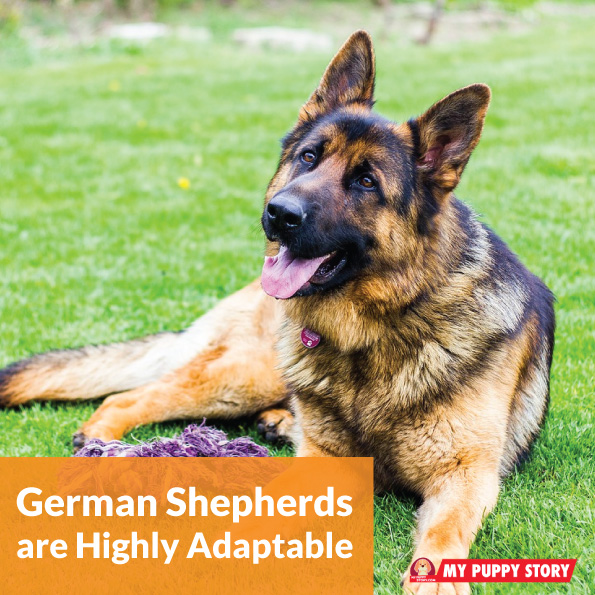

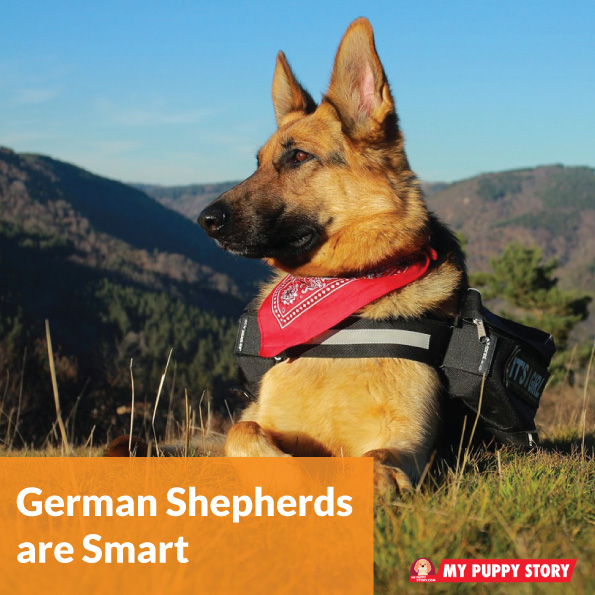
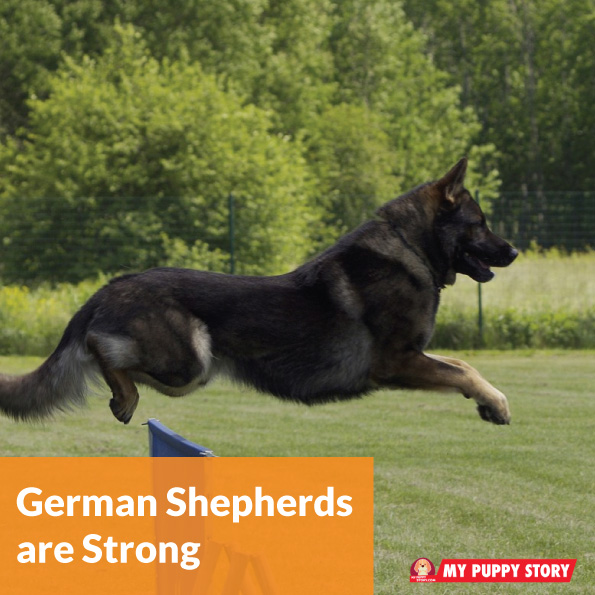


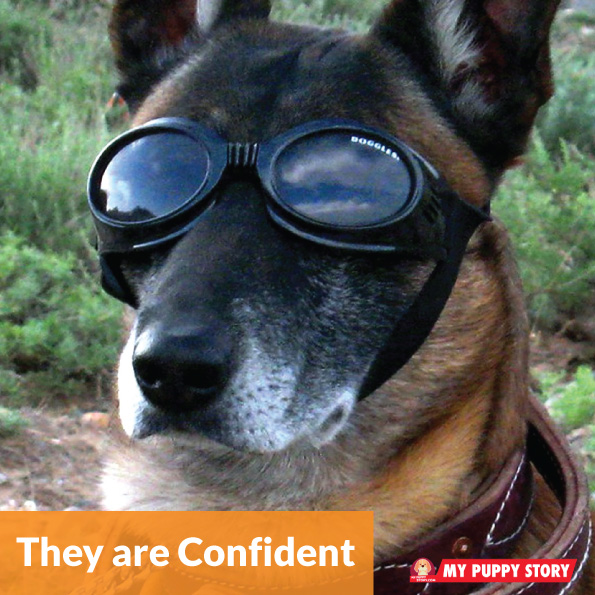

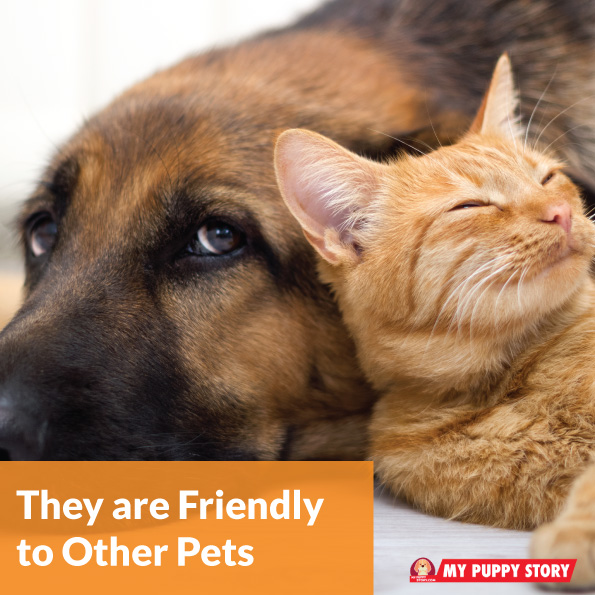

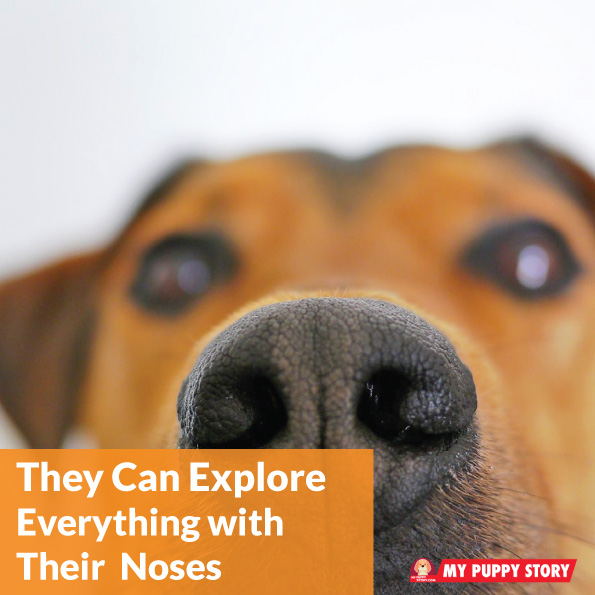
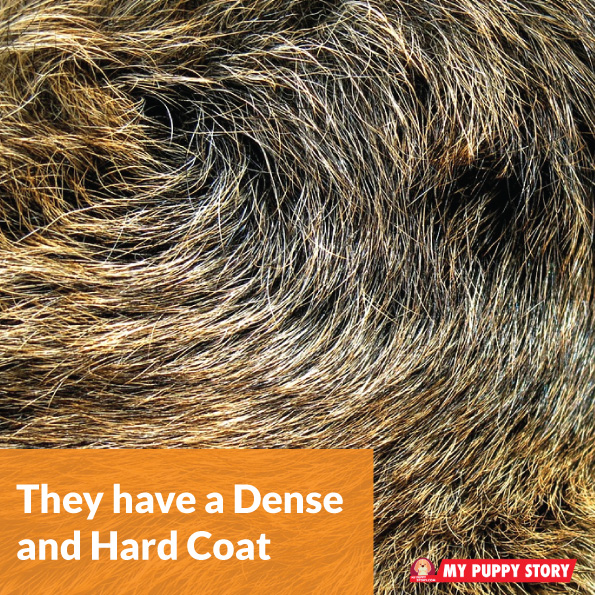
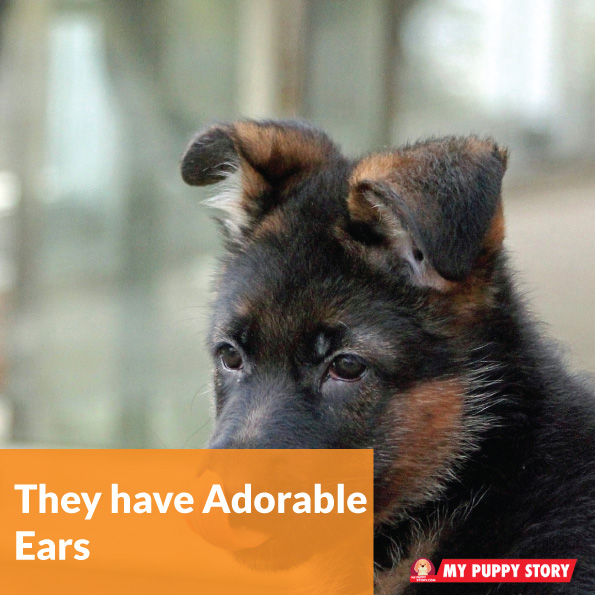
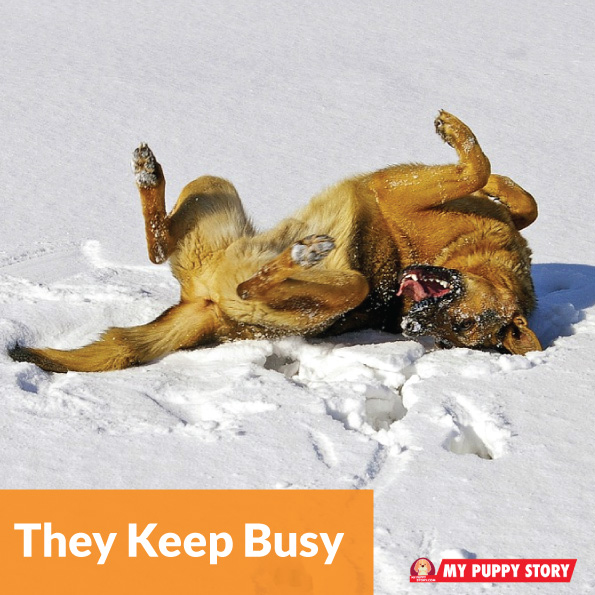
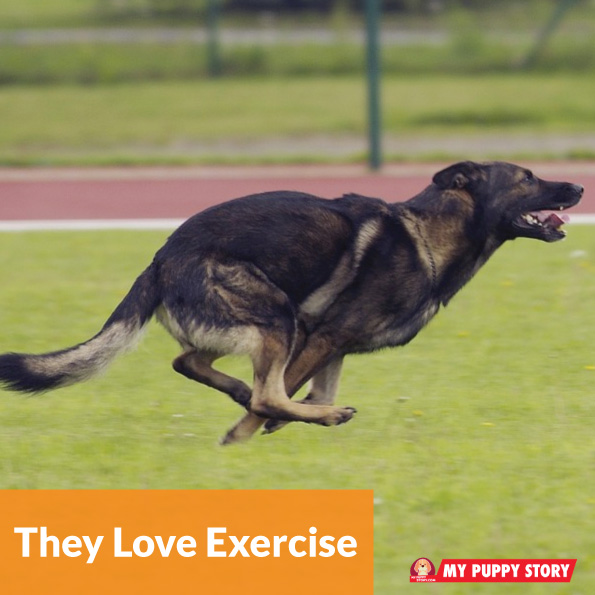
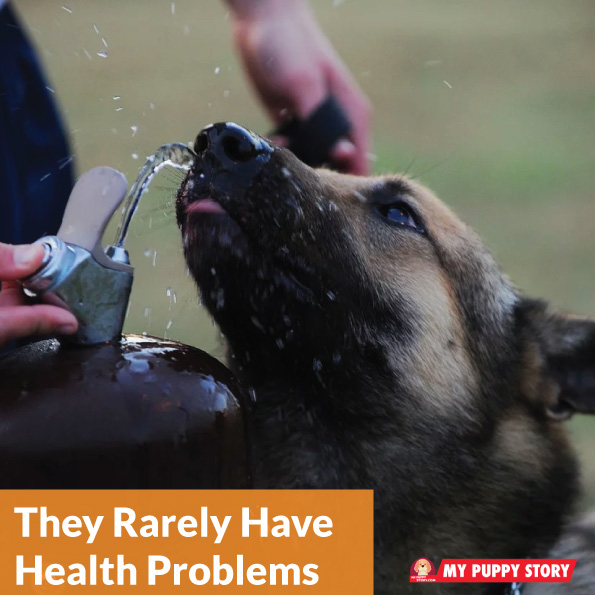
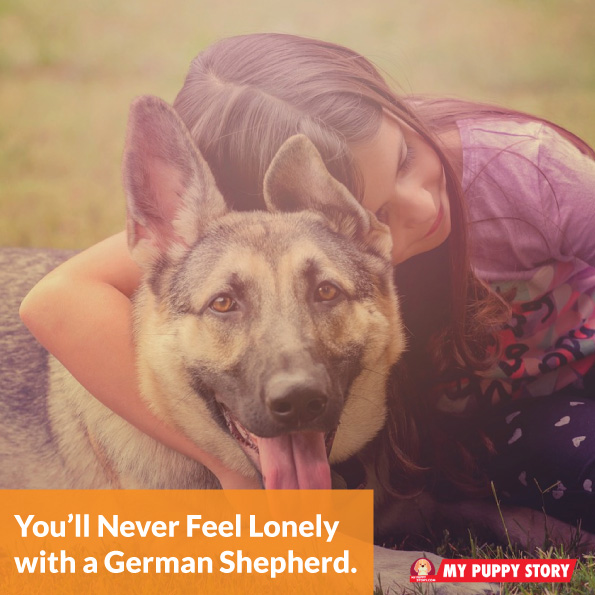
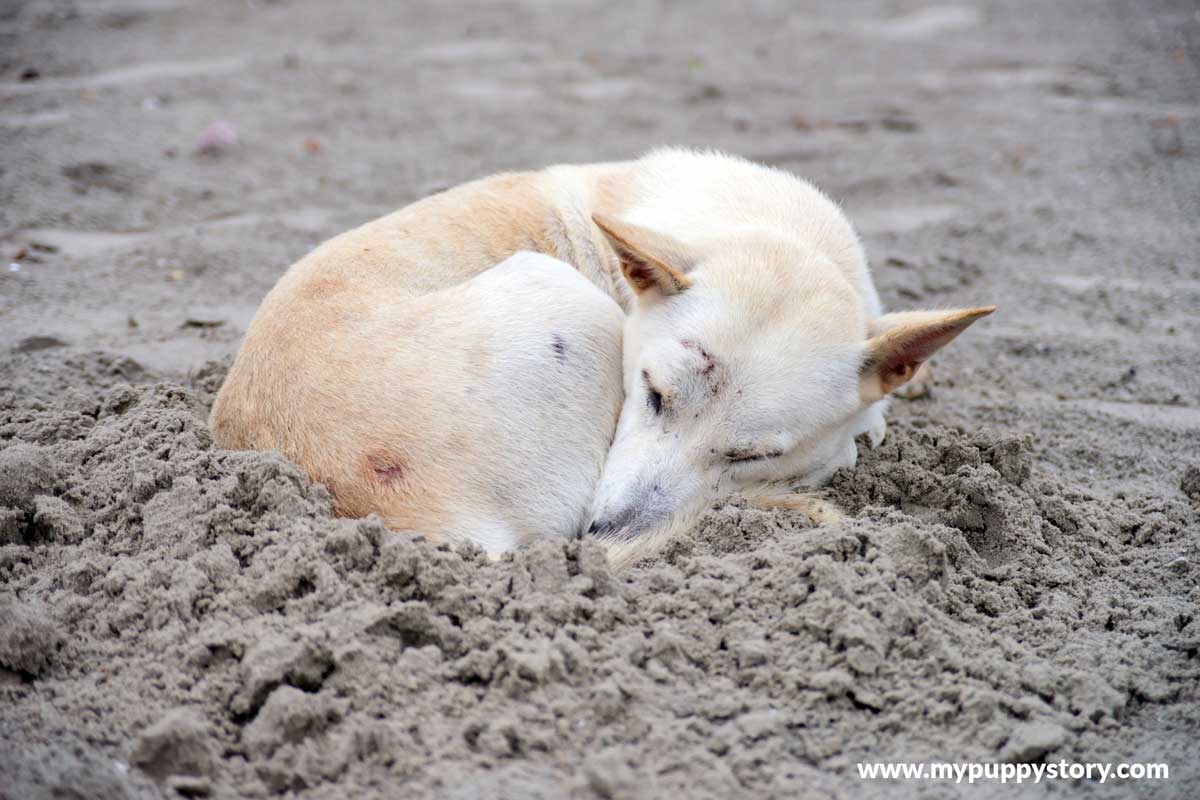
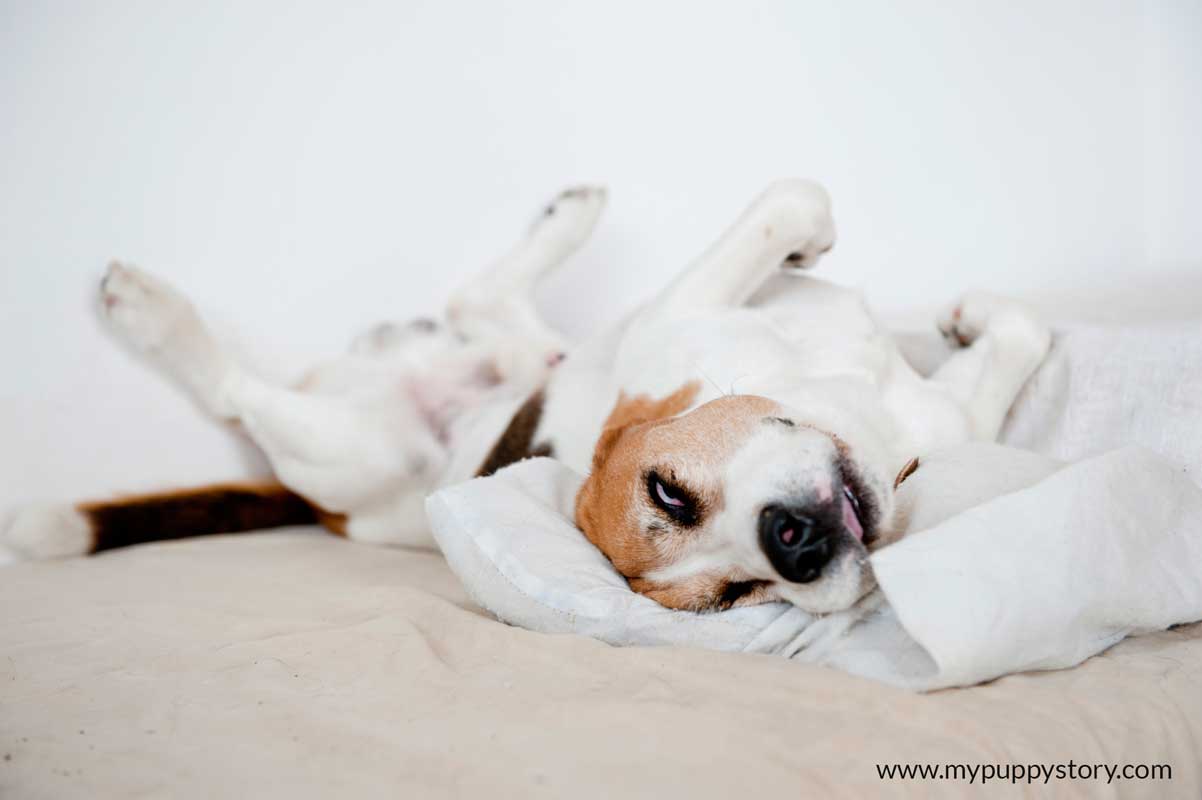
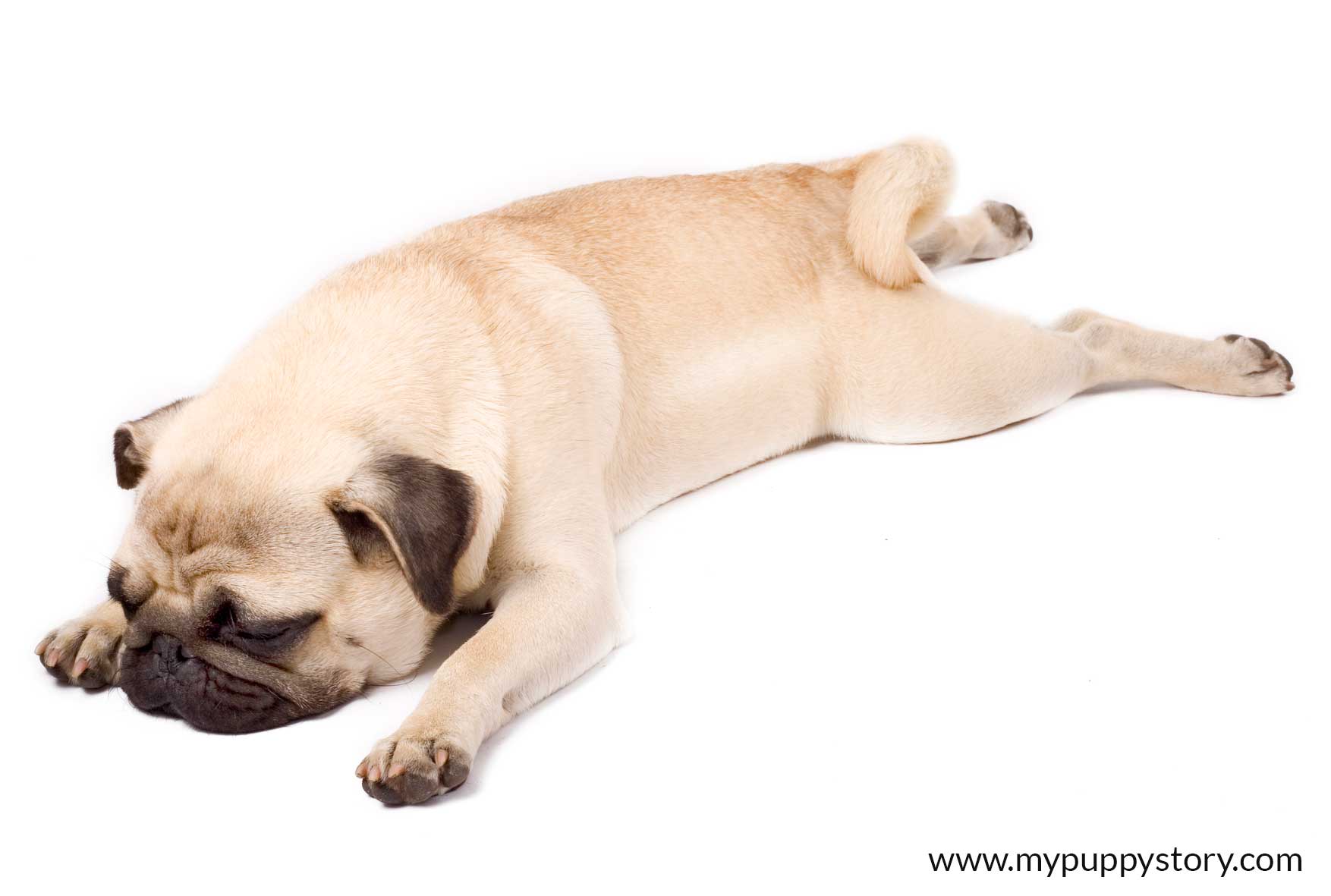

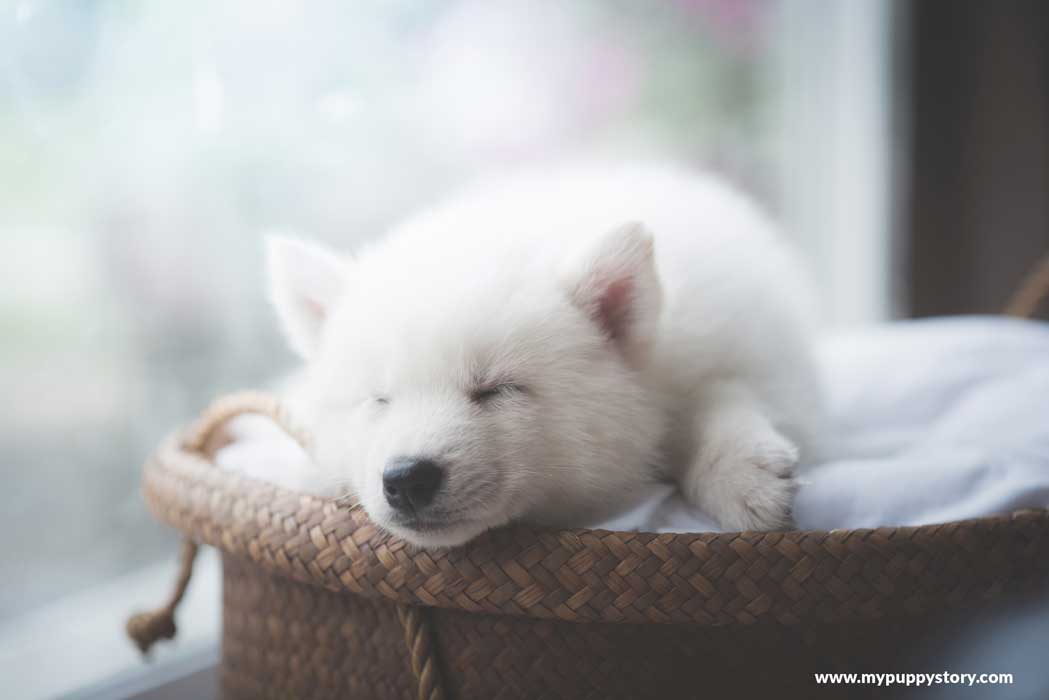
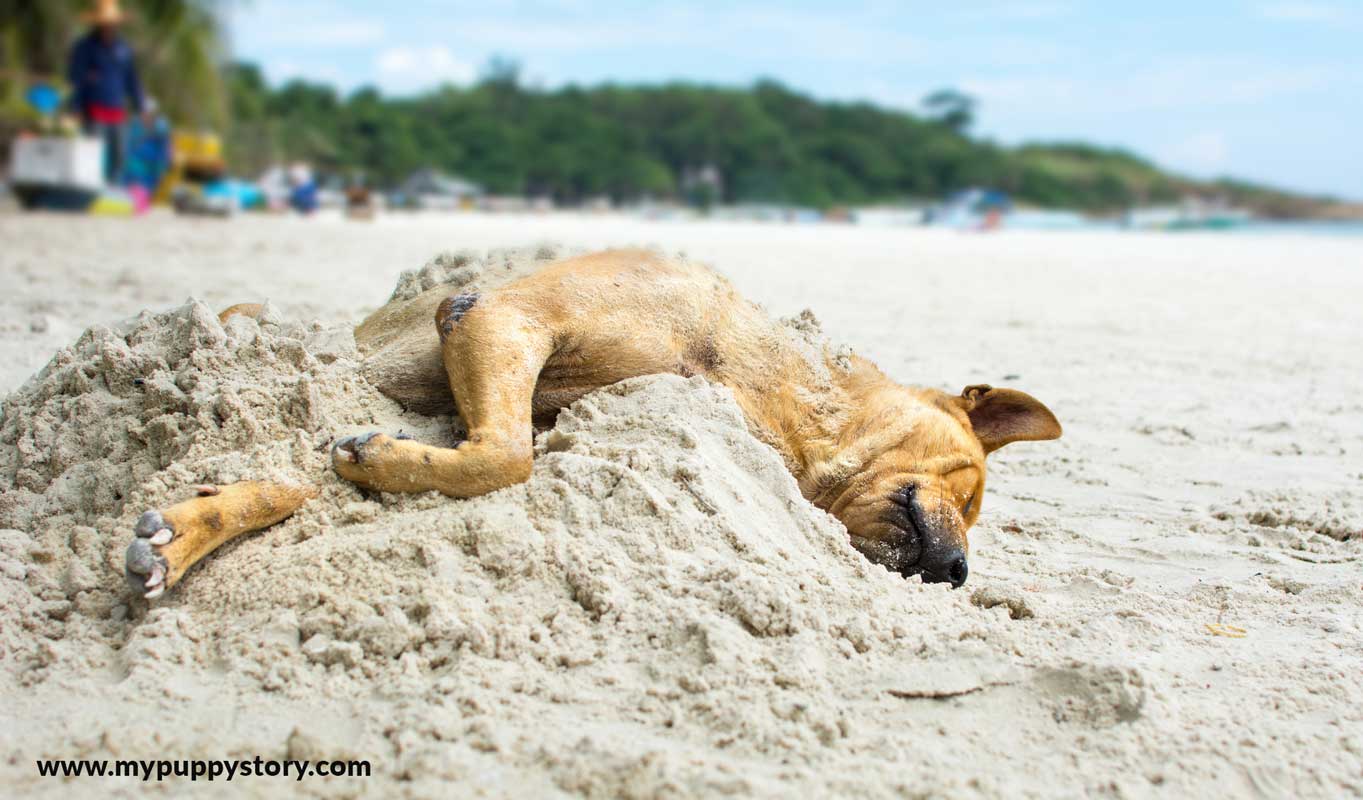



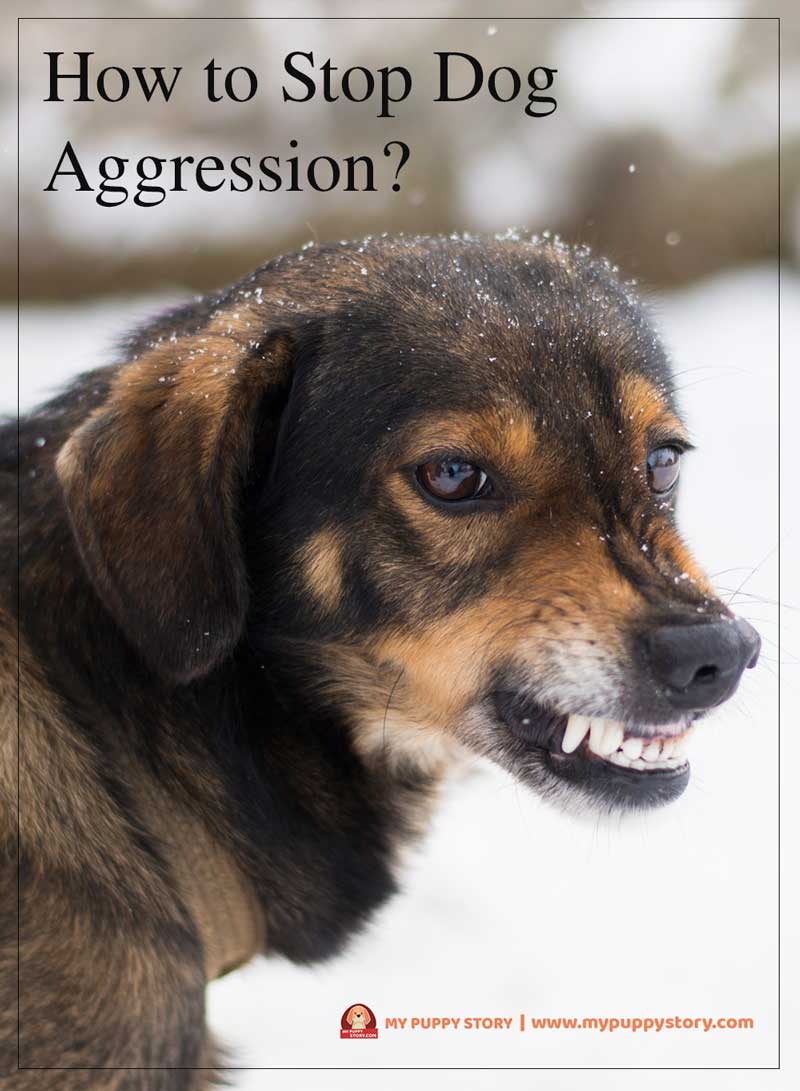
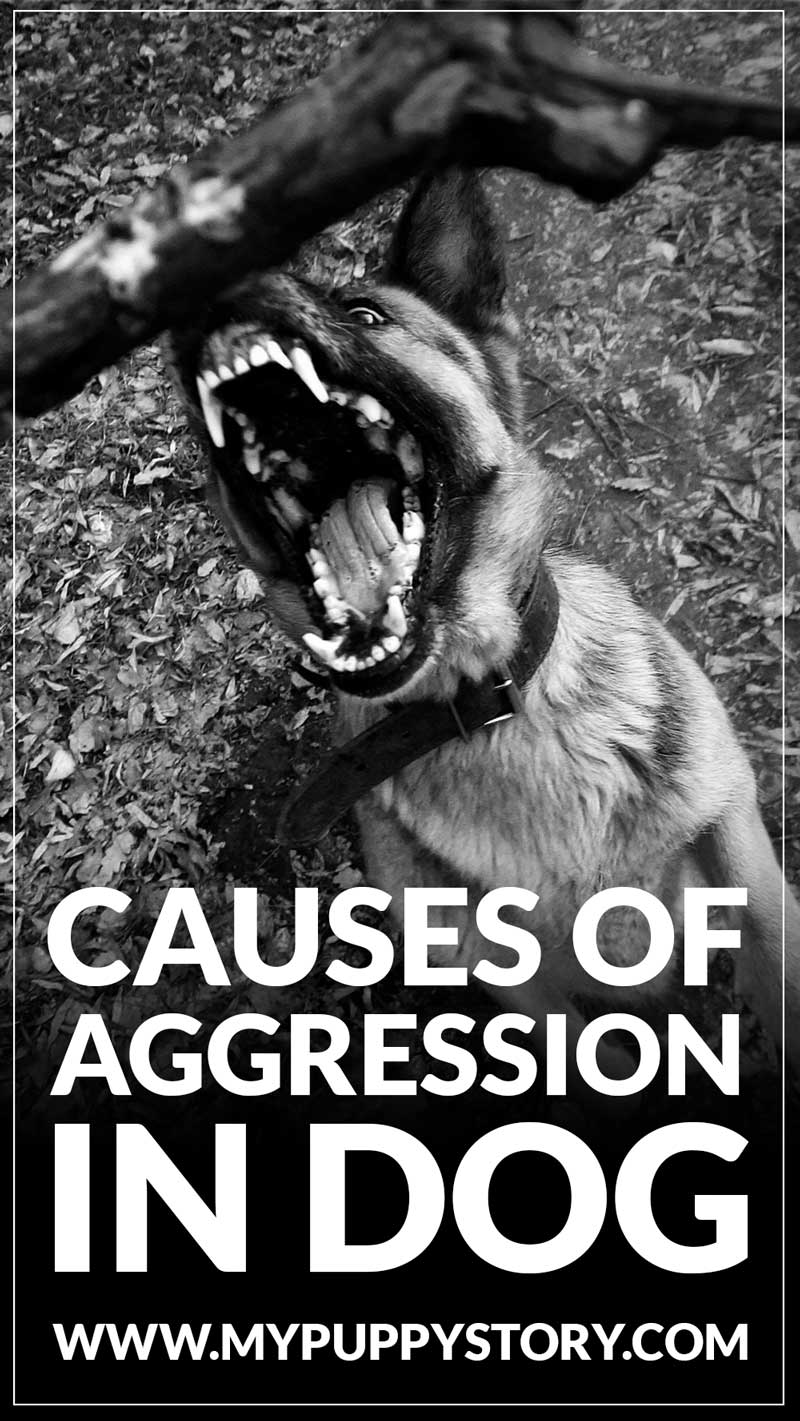
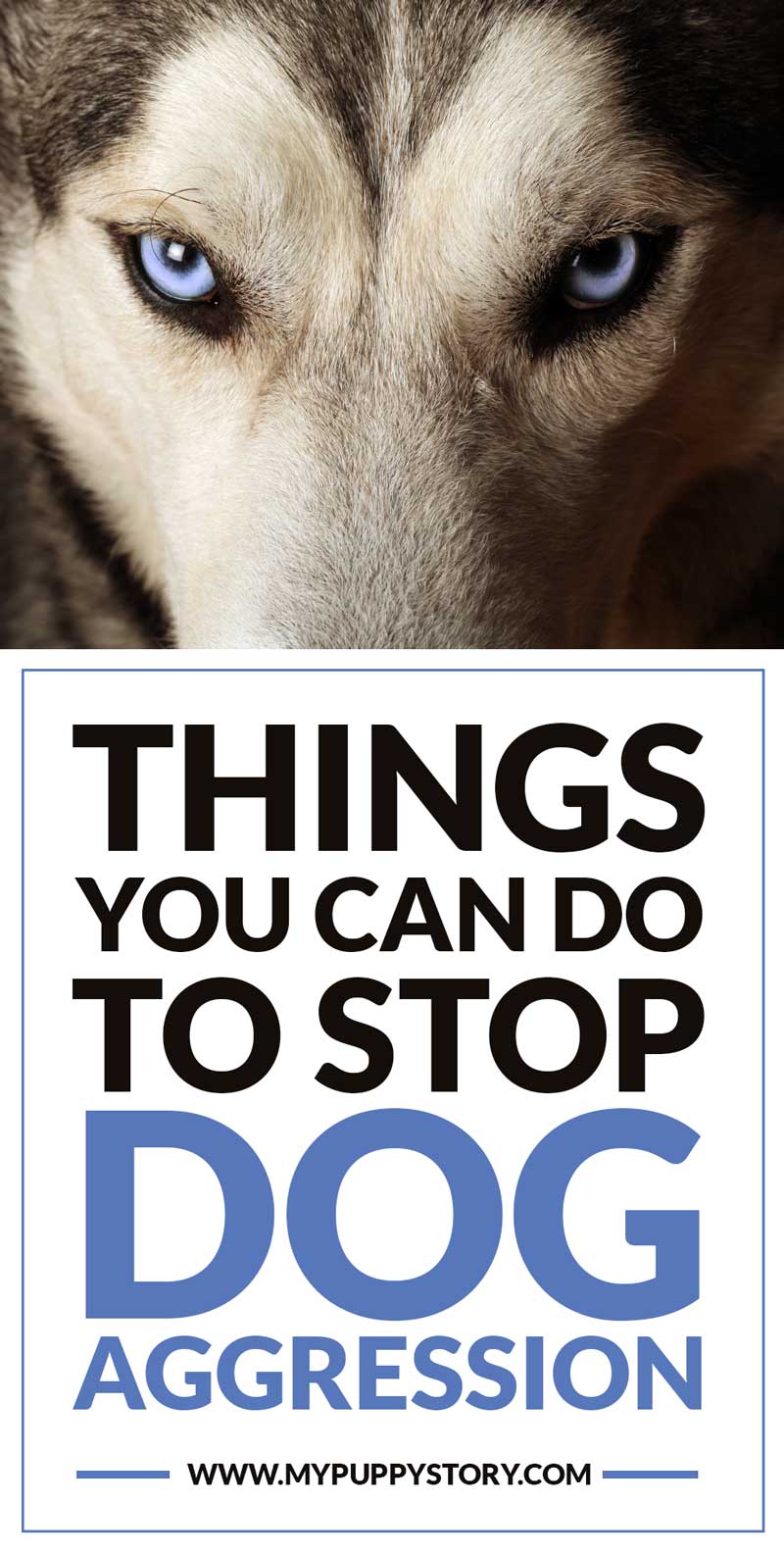
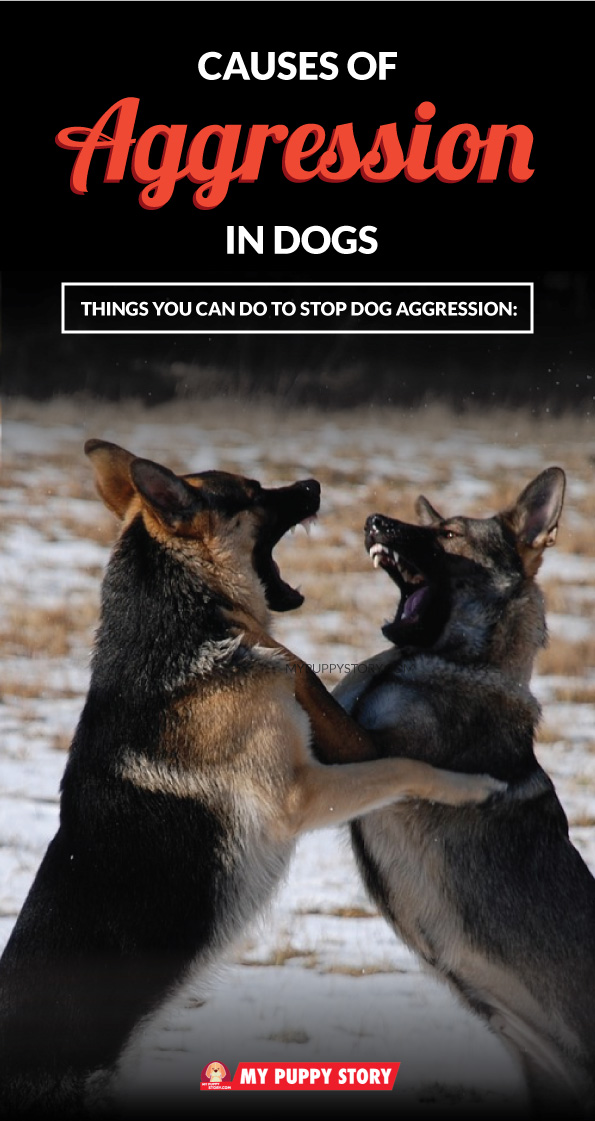

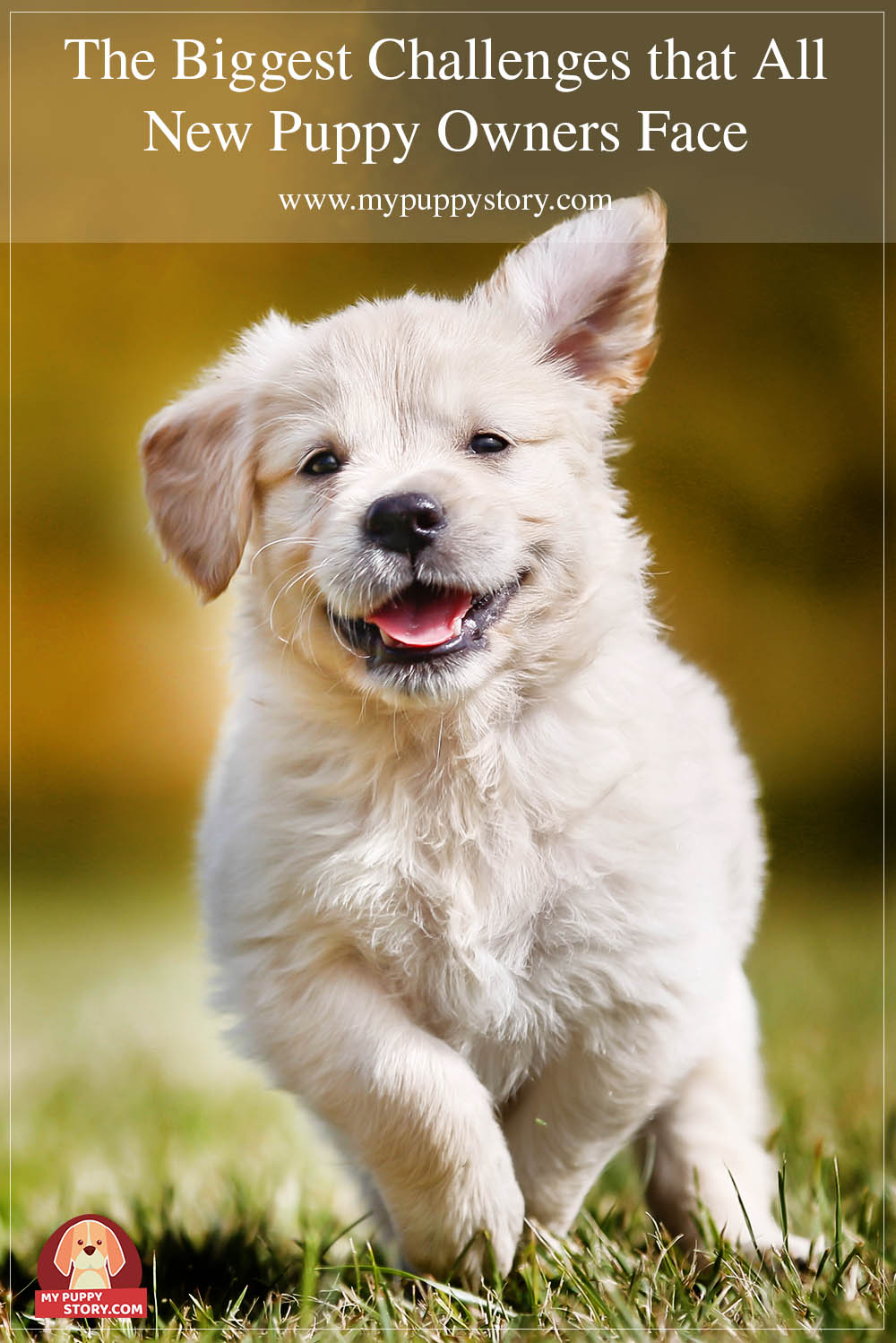 The Challenges You Will Face
The Challenges You Will Face